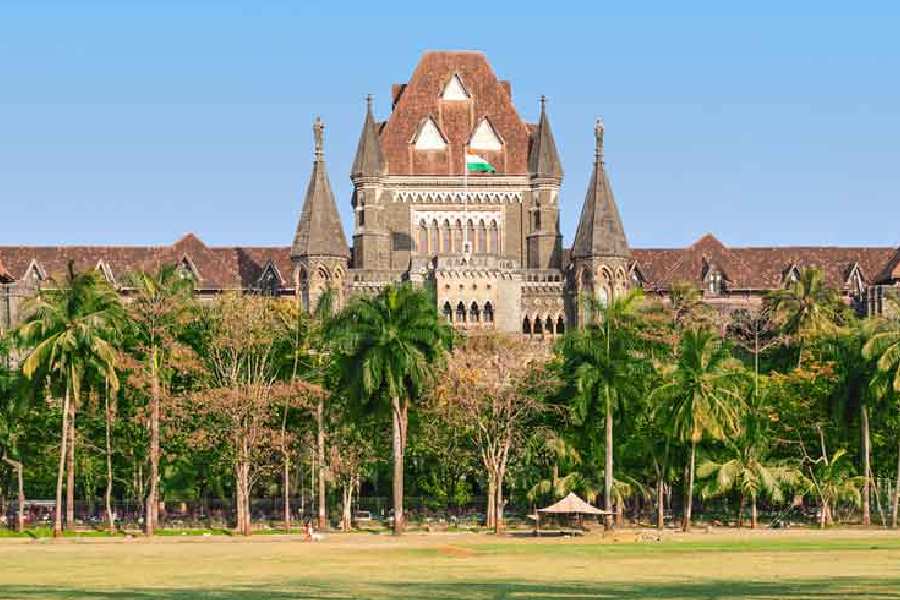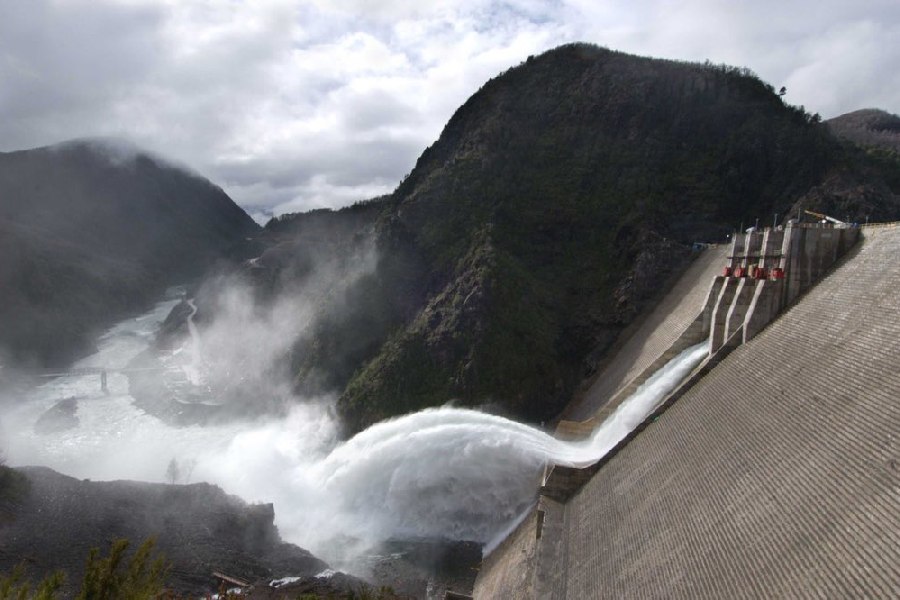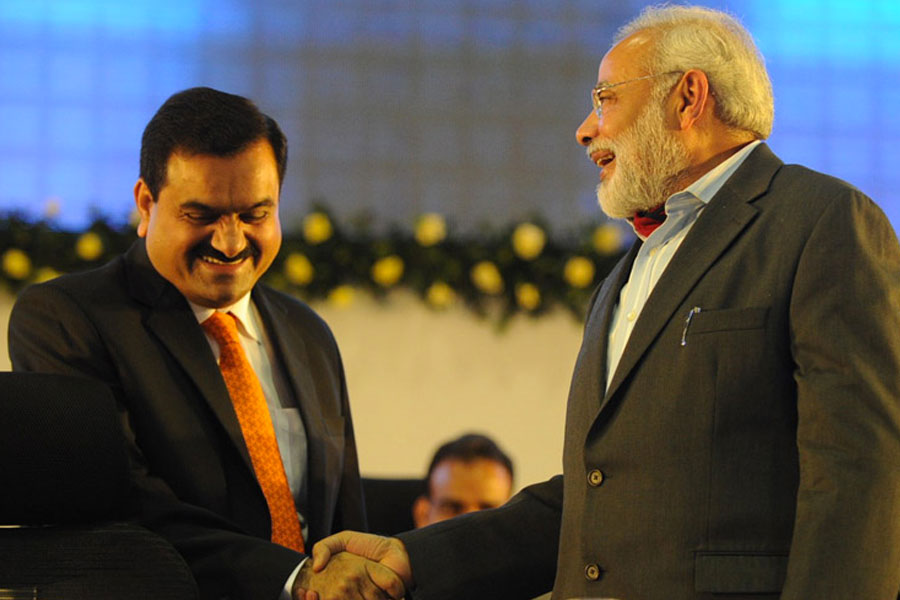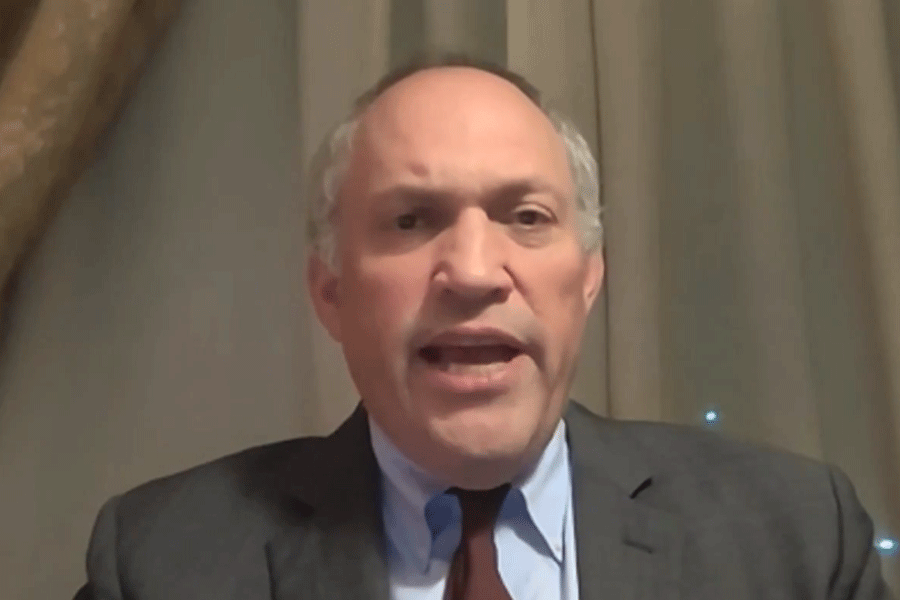
New Delhi: A keenness to ensure all reserved seats were filled prompted the government to nudge the Indian Institutes of Technology to lower their aggregate cut-off marks for BTech admission even after having declared the results, sources said.
Of the 12,079 seats on offer, 3,261 were reserved for the Other Backward Classes under their 27 per cent quota. But under the original aggregate cut-off of 31.5 per cent for this category, only 3,140 OBC candidates made it to the first merit list.
Not all the qualified candidates ever secure IIT admission, anyway, for not all are offered branches of their choice. Besides, those who crack the JEE Advanced are eligible for admission to other top institutions like the IISc, Bangalore, and the IISERs.
The government, therefore, prefers to have a substantial number of extra candidates on the merit list.
So, Kundan Nath, an undersecretary in the human resource development ministry, wrote to the IITs on Wednesday evening saying it was government policy "that all the reservation category seats in all disciplines are filled".
"It is, therefore, requested that a list of candidates, twice the number of seats... strictly as per merit" be prepared before counselling to fill the seats starts.
His minister, Prakash Javadekar, later tweeted that "responding to requests from students and IIT community & to proactively ensure that all reservation seats are duly filled..." he had asked the institutes "to make available candidates... twice the number of seats in each category".
Eventually, the aggregate cut-offs were reduced for each category ( see chart).
A government official confirmed the measure was taken to avoid any vacancies in the reserved seats. Such a possibility could have fuelled controversy against a dispensation already accused of being anti-reservation and anti-Dalit.
The Centre has recently come under fire over its decision to allow lateral entry to 10 posts of joint secretary to people from the non-government sector though contractual appointments, which do not follow the reservation policy.
Controversy has erupted also over a bid by several government-run institutions to implement a high court ruling on department-wise calculation of reserved posts while recruiting teachers, which tends to drastically reduce the number of teachers from disadvantaged groups.
A member of the Joint Admission Board, made up of a few IIT professors and directors, told The Telegraph that the institutes had to honour the government's request because it was about filling the seats.
"There was no compromise on the individual subject cut-off. Relaxation has been given only on the aggregate marks. This would not compromise quality," the member said.
In 2015, too, the IITs had lowered the cut-off aggregate marks, but this was done before the declaration of results. This year, the cut-offs revision came three days after the results had been announced.
Dheeraj Sanghi, an IIT Kanpur professor, said the institutes should not follow a pre-determined cut-off. "They should first decide the (size of the merit list) pool of candidates, then determine the cut-offs accordingly," Sanghi said.
S. Sundar, a professor and a former JEE Advanced chairman, said that pre-determined cut-offs were all right but they should later be lowered if necessary --- but before declaring the results.
"The IITs can judiciously relax the cut-offs, but it should happen before the results," Sundar said.











